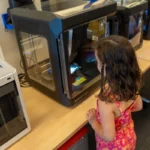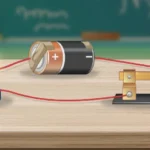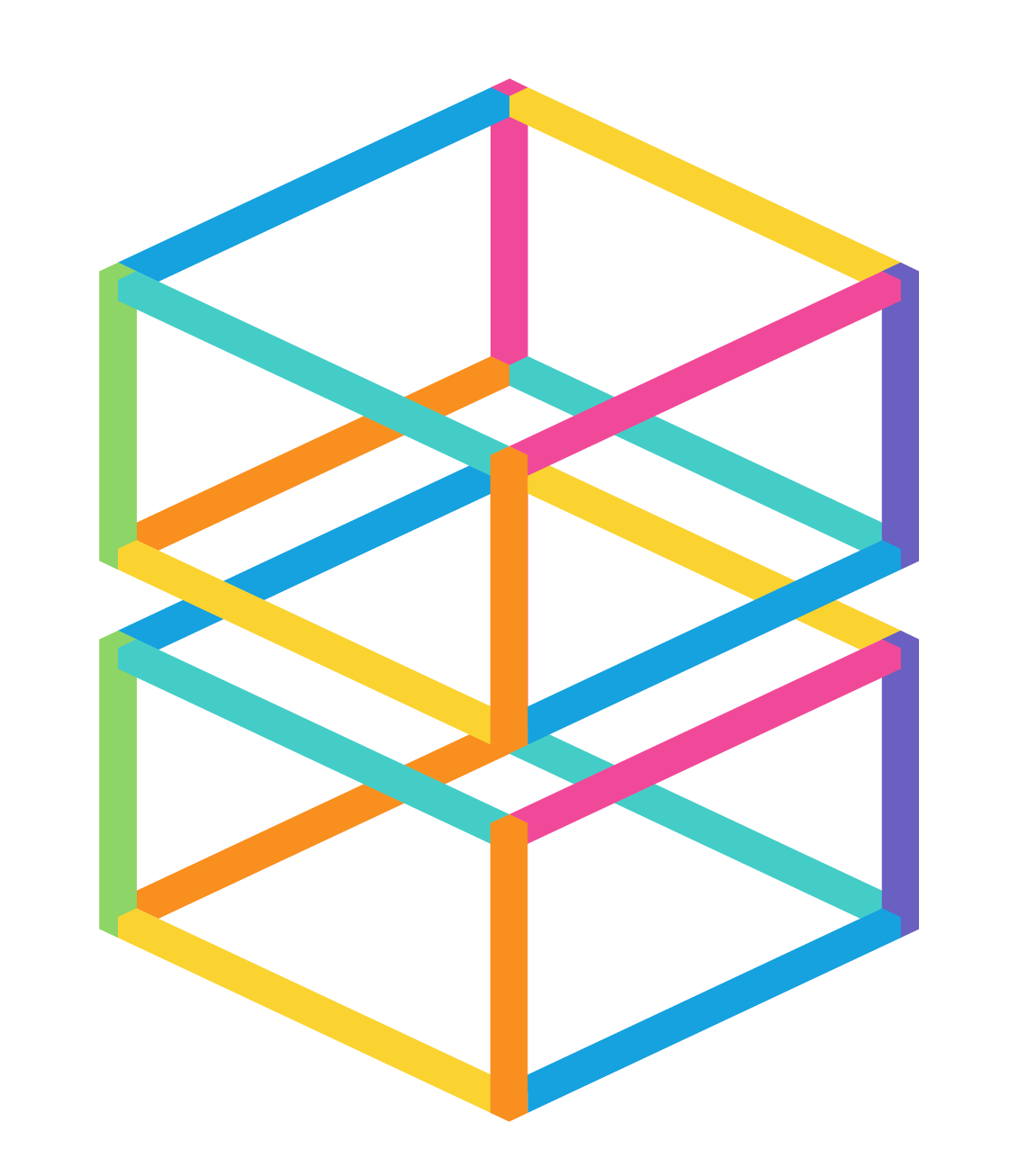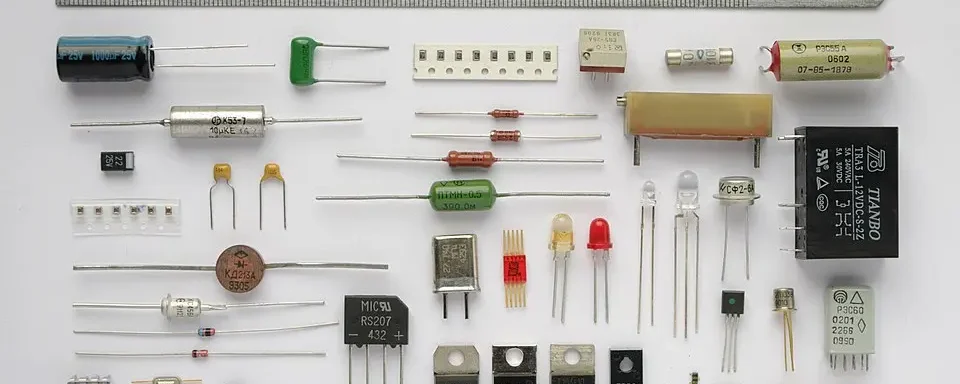
STEM Career Readiness: The Role of 3D Printing, Coding, and Robotics in the Classroom
September 1, 2025
Electrifying STEM!: A Crash Course in Circuitry, Part I
October 1, 2025October 3rd is National Techies Day, a celebration of the people who build, program, fix, invent, and imagine the technology that drives our world. And offices and labs aren’t the only places you’ll find techies. They’re often found taking apart remote controls, asking big “what if?” questions, or turning their curiosity into creation.
We know that every student has the potential to become a techie if we give them the tools, guidance, and space to explore.
What is a techie, anyway?

A “techie” is someone passionate about technology. That could mean loving robotics, designing apps, solving engineering puzzles, experimenting with new tools, or simply being curious about how things work.
Here are a few signs a student might be a future techie:
- They’d rather build their own solution than follow instructions
- They get excited about gadgets, gears, or gadgets with gears
- They love asking how things work and won’t settle for a simple answer
- They troubleshoot tech issues like it’s a personal mission
- They light up when given access to a STEM space, coding platform, or creative challenge
Sound familiar? Good!
Why Nurturing Techie Traits Matters
Techie tendencies are both a fun personality quirk and the foundation of future-ready skills. Today’s STEM learners are tomorrow’s problem-solvers and changemakers. When we encourage a young person’s passion for technology, we’re helping them master tools while building confidence, resilience, and imagination.
Whether they’re fascinated by biology or AI, hands-on learning helps connect classroom concepts to real-world careers. For example:
- A student who loves 3D printing could explore careers in industrial design, biomedical engineering, or architecture.
- A coding-curious kid might thrive in software development, cybersecurity, or game design.
- A teen obsessed with robotics might be on track for mechatronics, automotive engineering, or automation.
When educators introduce these tools early and show how they connect to real careers, students start to see their curiosity as something powerful and possible.
STEM Careers Are Growing (Fast)

To make it real, the U.S. Bureau of Labor Statistics projects that STEM occupations will grow by about 10.4% from 2023 to 2033, compared to 3.6% growth in non‑STEM jobs. That means nearly 1 million new STEM roles in that decade alone.
STEM roles also command strong wages and influence. In 2024, the median annual wage for STEM occupations was around $103,580, more than double the median for all other occupations combined.
On a broader scale, an analysis by IEEE USA estimates that about 67% of U.S. jobs and 69% of U.S. GDP are supported by STEM activity in some way.
In terms of workforce share, the STEM labor force has been steadily rising: from 2011 to 2021, STEM workers increased from 22% to 24% of the U.S. labor force.
Want to nurture the techies in your classroom or home?
We can help! Explore our educator-designed STEM kits, turnkey labs, and standards-aligned curriculum at stemeducationworks.com. The world needs more fearless techies to shape what comes next!
STEM Education Works provides educators and youth advocates with the hands-on tools, curriculum, and training to bring STEM learning to life. From coding and robotics to 3D printing and laser cutting, their solutions spark curiosity, build real-world skills, and prepare students for the future. Learn more about what we do through our socials, Facebook, Twitter, YouTube, LinkedIn, Instagram, and TikTok.




